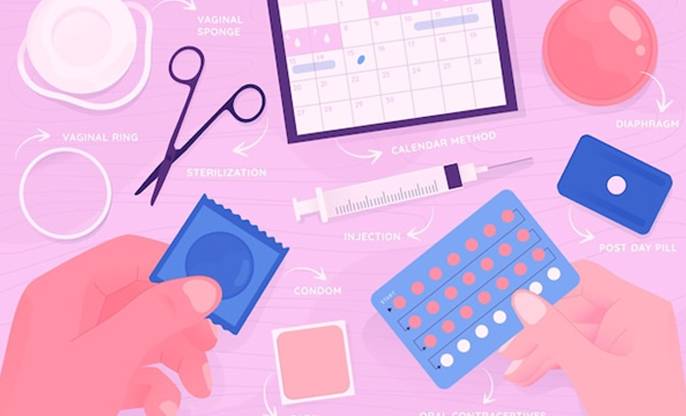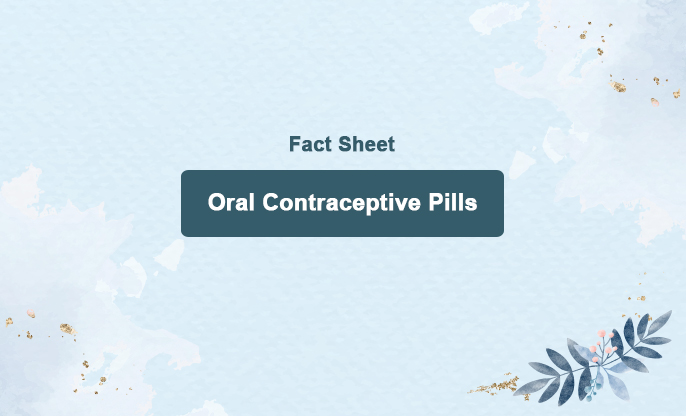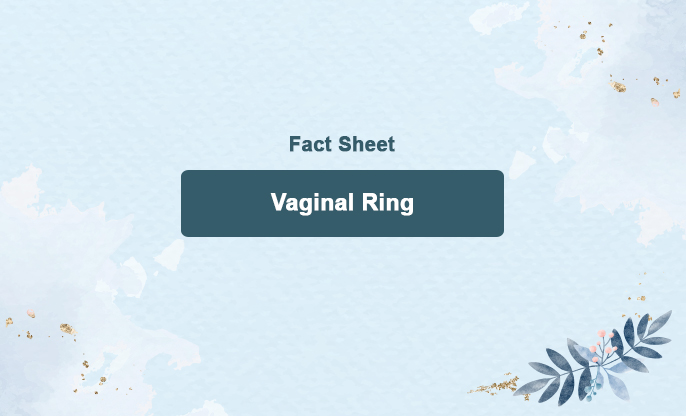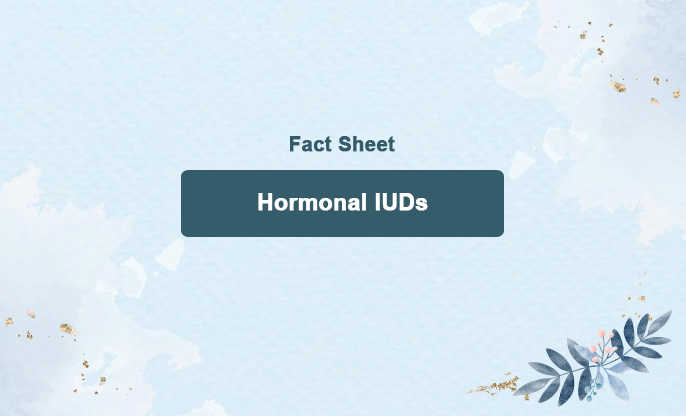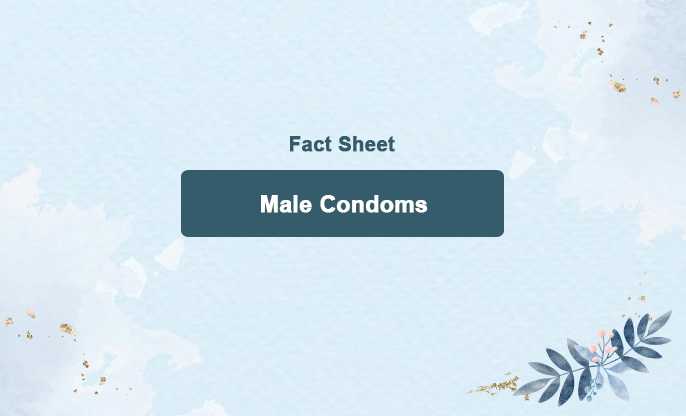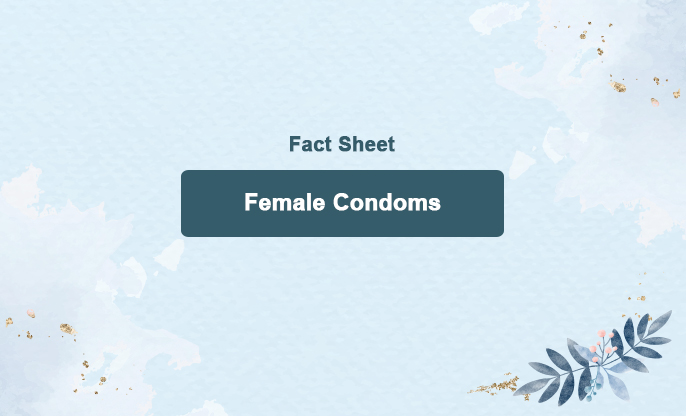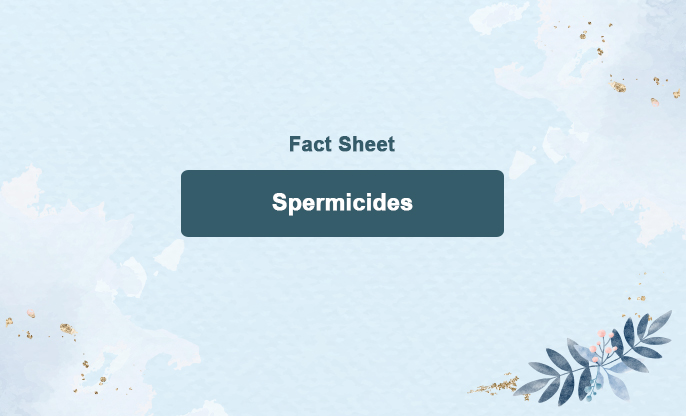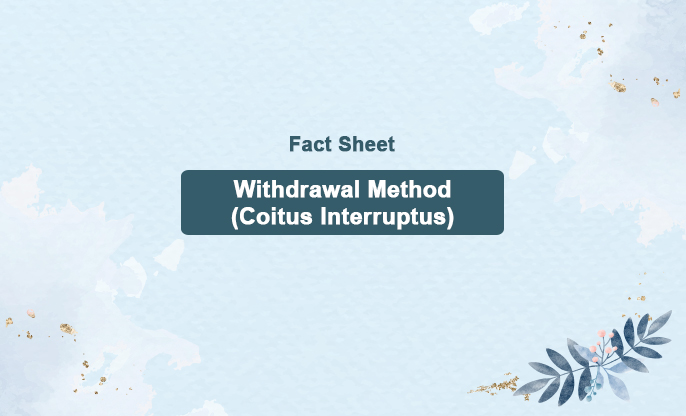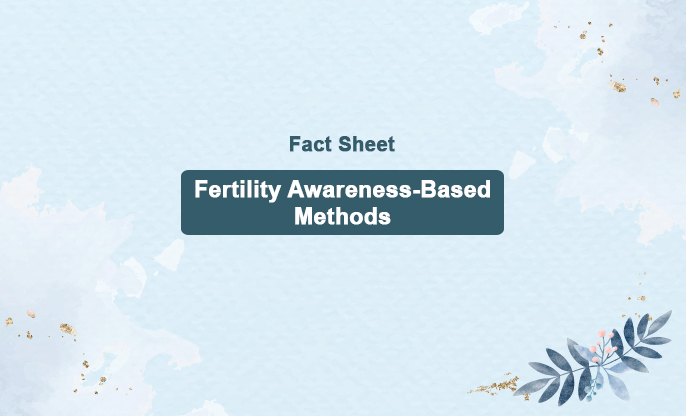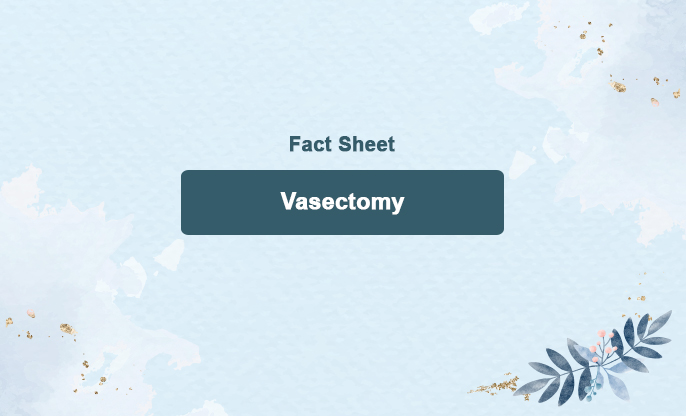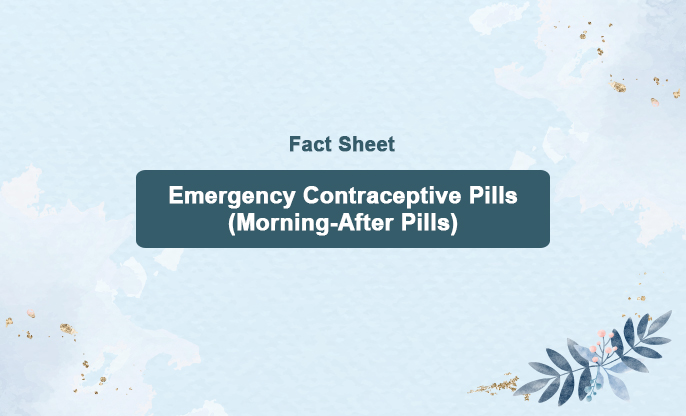
What is this?
Tubal ligation, often referred to as "getting your tubes tied," is a surgical procedure used for permanent female sterilization. Here’s how it works and what it involves:
It is considered a permanent form of birth control, so it’s important to be certain about the decision. As with any surgery, there are risks such as infection, bleeding, or complications from anesthesia. Tubal ligation does not protect against sexually transmitted diseases (STDs); additional protection is needed to prevent STDs.
If you are unsure about permanent sterilization, consider reversible contraceptive methods like IUDs, implants, or hormonal birth control.
How does this work?
Blocking the Fallopian Tubes: The fallopian tubes are cut, tied, or sealed to prevent eggs from traveling from the ovaries to the uterus.
Preventing Fertilization: By blocking the fallopian tubes, sperm cannot reach the egg, thereby preventing fertilization and pregnancy.
Efficacy:
Less than 1% chance of pregnancy after the procedure.
Usage duration recommended:
Tubal ligation is recommended for women who are certain they do not want to have any more children or do not wish to become pregnant in the future. Here are specific considerations for recommending tubal ligation:
Suitable Candidates:
Completed Family: Women who have decided their family is complete and do not want more children.
Medical Reasons: Women for whom future pregnancies could pose significant health risks.
Permanent Solution: Those seeking a permanent, long-term solution for contraception.
Informed Decision: Women who have thoroughly considered the permanence of the procedure and understand it is generally irreversible.
Considerations Before Decision:
Counseling: It is important to have thorough counseling about the procedure, including its permanence, risks, benefits, and alternatives.
Alternative Methods: Consideration of other long-term but reversible contraceptive methods, such as intrauterine devices (IUDs) or hormonal implants.
Partner Discussion: Discussing the decision with one’s partner, if applicable, to ensure mutual understanding and agreement.
Future Life Changes: Considering the possibility of changes in circumstances, such as loss of a child or remarriage, which might affect the desire for more children in the future.
Timing:
Postpartum: Often performed immediately after childbirth, particularly during a cesarean section or within the first 48 hours postpartum, as the uterus is still enlarged, making the tubes more accessible.
Elective Surgery: Can be scheduled at any time, often through laparoscopic surgery.
Risks and Recovery:
Surgical Risks: As with any surgery, there are risks including infection, bleeding, and complications from anesthesia.
Recovery: Most women recover quickly and can return to normal activities within a few days, but it’s important to follow post-operative care instructions.
Not Recommended For:
Indecisiveness: Women who are not completely sure about not wanting more children.
Young Age: Generally, younger women are advised to consider reversible methods as their circumstances and desires may change over time.
Pressure or Coercion: It should be a voluntary decision, free from external pressure or coercion.

